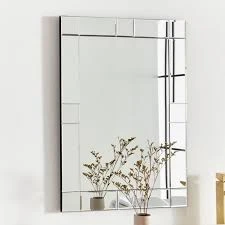

The Versatility and Safety of Tempered Glass
Tempered glass, also known as toughened glass, has become a cornerstone material in various industries due to its superior strength and safety features. Unlike regular glass, tempered glass undergoes a unique thermal treatment process that enhances its durability and resistance to shattering. In this article, we will explore the properties, applications, and advantages of tempered glass, focusing on its role in contemporary design and architecture.
The Versatility and Safety of Tempered Glass
Safety is another crucial aspect of tempered glass. When broken, instead of shattering into sharp, jagged pieces like conventional glass, tempered glass crumbles into small, blunt fragments. This reduces the risk of serious injury, making it a popular choice in both residential and commercial applications, including shower doors, glass table tops, and facades. The safety feature of tempered glass is particularly beneficial in spaces where children or pets might be present, ensuring peace of mind for homeowners and building occupants.

The versatility of tempered glass extends beyond its strength and safety. It is available in various sizes, thicknesses, and finishes, allowing architects and designers to incorporate it creatively into their projects. From decorative glass partitions and balustrades to elegant glass staircases, tempered glass adds an aesthetic appeal that can enhance the overall ambiance of a space. Moreover, it can be treated with various coatings to provide additional functionalities, such as UV protection or reflective properties.
Sustainability is also becoming a significant focus in modern design, and tempered glass aligns well with this trend. Being fully recyclable, tempered glass can contribute to environmental conservation efforts. As buildings and structures increasingly aim for environmentally friendly materials, the use of tempered glass helps reduce the overall carbon footprint of construction projects.
In conclusion, tempered glass is a remarkable material that combines strength, safety, versatility, and sustainability. Its unique properties make it an essential component in modern architecture and design, providing not only functional benefits but also aesthetic value. As technology advances, the applications and innovations surrounding tempered glass will continue to expand, solidifying its position as a favored choice in the construction and design industries. Whether used in homes or commercial spaces, tempered glass remains a testament to the blend of safety, functionality, and style.